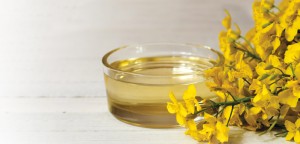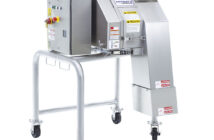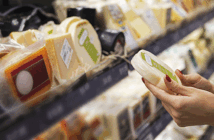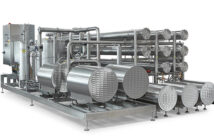
When a fish is caught, only 25 to 50 per cent of its parts are processed. It’s even less with harvested rape-seed plants destined for cooking oil…just 10 to 40 per cent is used.
When a fish is caught, only 25 to 50 per cent of its parts are processed. It’s even less with harvested rape-seed plants destined for cooking oil…just 10 to 40 per cent is used.
According to the United Nations’ Food and Agriculture Organisation, parts not used for food are called ‘co-streams’, and are included in other products such as animal feed. Co-streams, however, are an untapped source of food, health and agricultural products as they can be rich in proteins, fatty acids such as omega 3 and other valuable compounds.
That’s why the organisation has set up the APROPOS project to develop processes that avoid chemicals and use little water or energy. The project’s aim is to help feed the world’s population more sustainably.
Project co-ordinator Raija Lantto of Finland says fish and oil-seed co-streams have been identified:
Protein powder from fish-filleting residues…additive to low-protein food
Protein from rapeseed, extracted using a water-lean processing system…an alternative to soy bean protein.
Anti-oxidising and anti-inflammatory bioactive peptides extracted from fish and rapeseed…for skincare
Insecticide from mustard seed residue…kills the oriental leaf worm moth.
Lantto is happy with the project’s results. “We got a lot of new knowledge and ideas for process development. Project partners have built close links that they hope to maintain in future collaborations.” She says whilst the processes need a lot of technical development before they can be commercialised, interest in the project work is keen.




























































































